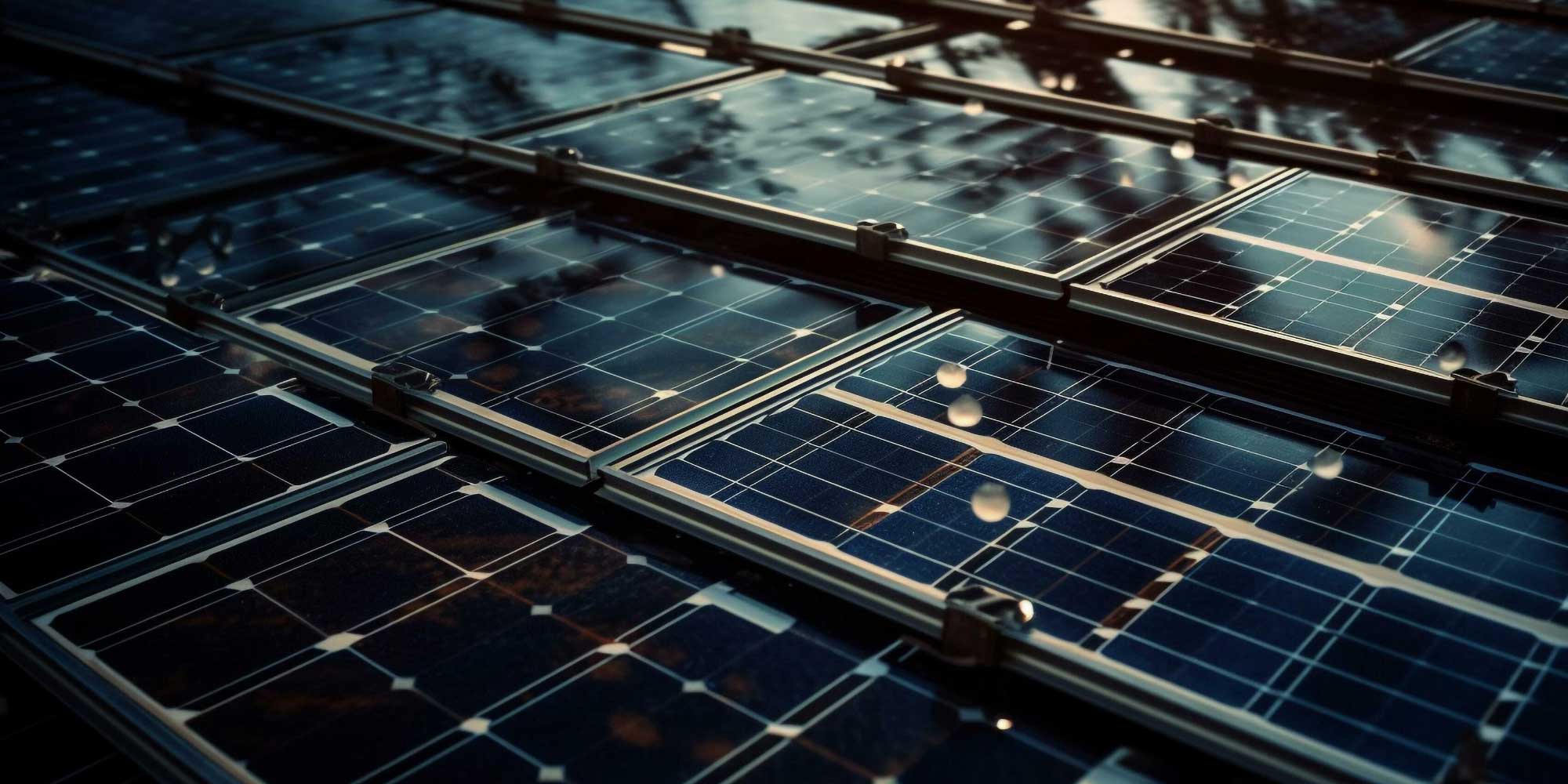Introduction
Weather conditions play a significant role in the performance of self-cleaning solar panel coatings. Let’s delve into how different weather elements affect the effectiveness of these coatings and their ability to keep solar panels clean and efficient.

1. Rain:
Rainfall is a primary natural cleaning agent for solar panels equipped with self-cleaning coatings. When rainwater comes into contact with the hydrophobic or superhydrophobic surface of these coatings, it forms droplets that easily pick up dirt and debris as they roll off. Light to moderate rainfall is generally effective in cleaning solar panels and maintaining their efficiency. However, heavy rainfall or prolonged periods of rain may saturate the coating surface, reducing its effectiveness temporarily.
2. Wind:
Wind can aid in the self-cleaning process by dislodging loose debris from the surface of solar panels. Particularly in conjunction with rain, windy conditions can help remove dirt and particles that may accumulate on the panel surface. However, excessive wind speeds may also deposit additional debris or cause abrasive particles to impact the panel surface, potentially affecting the integrity of the coating over time. Properly formulated self-cleaning coatings are designed to withstand moderate wind conditions without compromising their effectiveness.
3. Dust and Pollen:
In arid or dusty environments, dust and pollen accumulation can pose challenges for self-cleaning solar panel coatings. While these coatings are designed to repel dirt and debris, prolonged exposure to airborne particles may lead to gradual buildup on the panel surface. In such cases, periodic rain or manual cleaning may be necessary to remove stubborn contaminants and restore the efficiency of the coating. Regular maintenance and inspection are essential for ensuring optimal performance in dusty environments.
4. Snow and Ice:
Snow and ice accumulation can temporarily impair the effectiveness of self-cleaning coatings on solar panels. While light snowfall may be easily removed by gravity or mild temperatures, heavy snow or ice buildup may require manual intervention to clear the panel surface. Some self-cleaning coatings incorporate anti-icing properties to prevent the adhesion of snow and ice, allowing for easier removal and maintenance during winter conditions.
5. Extreme Temperatures:
Extreme temperatures, whether hot or cold, can impact the performance and longevity of self-cleaning solar panel coatings. High temperatures may cause coatings to degrade or lose their effectiveness over time, while freezing temperatures can affect the flexibility and adhesion of the coating material. Proper selection of coating materials and formulations is essential to ensure resilience against temperature fluctuations and maintain consistent performance in diverse climatic conditions.
Conclusion:
Weather conditions can influence the effectiveness of self-cleaning solar panel coatings, impacting their ability to keep panels clean and efficient. While these coatings are designed to withstand a range of environmental factors, including rain, wind, dust, and temperature fluctuations, periodic maintenance and inspection are necessary to ensure optimal performance over time. By understanding the interaction between weather elements and self-cleaning coatings, solar panel owners can maximize the efficiency and longevity of their solar energy systems, regardless of prevailing climatic conditions.